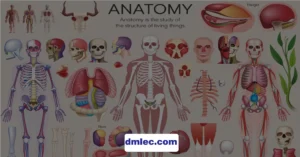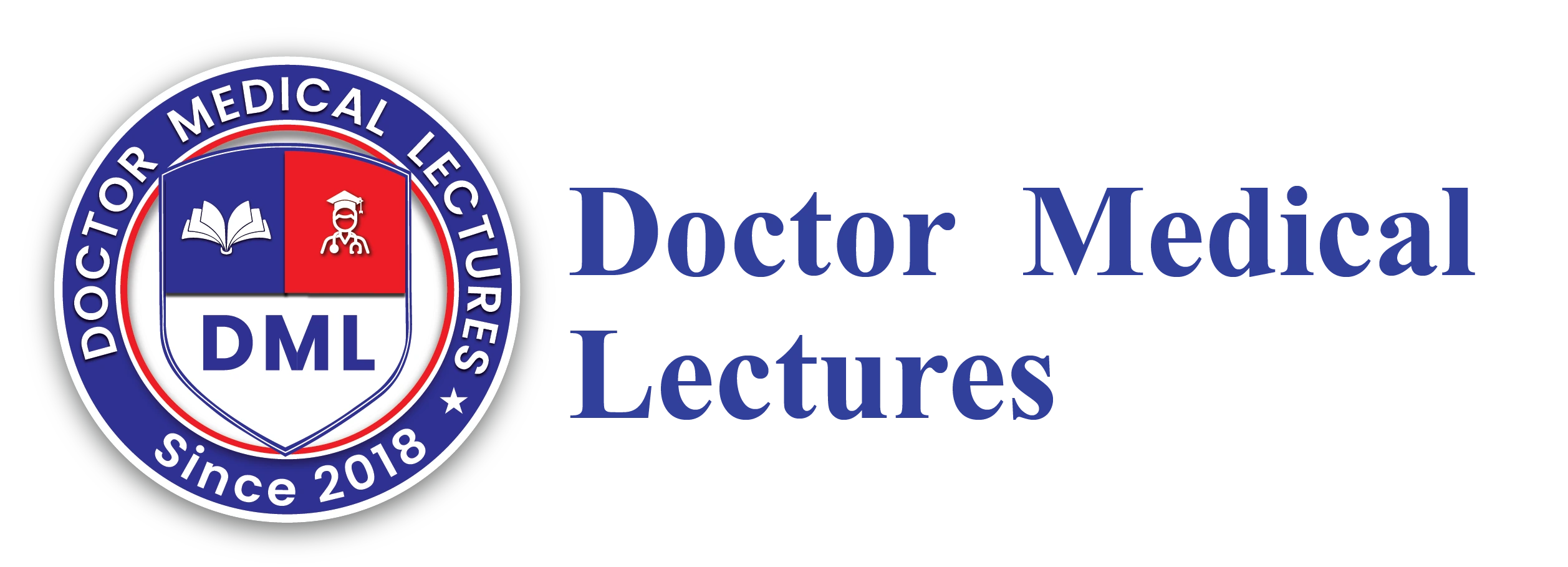Introduction
Anatomy is a vital course in medical schools, specifically for medical students preparing for their NRE Step 1 Anatomy. Understanding the human anatomy is essential in understanding the connections between clinical and assisting in medical science.

This manual offers a comprehensive overview of essential subjects, study strategies, and crucial resources to assist your study.
NRE Step 1 Anatomy
1. Gross Anatomy
This part of anatomy concerns the tiny structures of the human body.
- Lower limb and lower limb blood supply, muscle nerves, and medical issues like sciatica or carpal tunnel syndrome.
- Thorax: The lungs, heart mediastinum, and vasculature. It encompasses lung lobes, as well as coronary arteries.
- The abdomen and Pelvis: Organs of the urinary, digestive and reproductive systems. Knowing the structure of the peritoneal cavity, part of the retroperitoneal system and the pelvic diaphragm.
- The Head and Neck The Cranial Nerves, the principal vessels, the anatomy landmarks and their role in treating clinical conditions such as Bell’s Palsy and other stroke-related disorders.
2. Nero NRE Step 1 Anatomy
Understanding how the nervous system works is crucial for NRE Step 1 Anatomy.
- Brain Neuro structures brain Cerebrum, cerebellum and brain stem, as well as their role in cognition, coordination and control of autonomic nerves.
- It is the Spinal Cord and Tracts Descending and Ascending pathways that contain the conspiratorial as well as hypothalami tracts.
- The Cranial Nerves’ roles, routes and diseases like Horne’s Syndrome or the cranial nerve.
- The base Ganglia and the Limb System play a role in developing emotional states of movement and memories.
3. Histology
Microscopically oriented anatomy is essential to comprehend the anatomy of the tissues and their function. Histologically important subjects include:
- Epithelial tissues are basic, stratified, and epithelium-specific to diverse organs.
- Connective Tissue cartilage, bone, adipose, blood. Additionally, they play a role in the human body.
- Muscles and nerve tissue Include the cardiac skull, smooth and skeletal muscles, the neuron and glial cells, and their function in muscular contraction and neutrons mission.
- Specialized Cells and Organs The lymphatic system, glandular tissue, and adaptive capabilities.
4. Embryology
The study of embryology is vital to discovering the root causes of developmental disorders as well as abnormalities of a congenital nature. The most significant topics are:
- Gametogenesis and fertilization are the processes that play a role in the growth of oocytes and sperm.
- The Embryonic System and Fetal Development: Key processes in Organogenesis and differentiation.
- The growth of organ Systems: Cardiac and nervous systems, in addition to the growth of the musculoskeletal and digestive systems, with particular attention to congenital abnormalities, such as cardiac defects that are congenital, as well as neural tube defects.
- The Placental Function and Fetal Circulation What happens to oxygen and nutrients as they are exchanged between the pregnant fetus and the mother.
5. Clinical Correlations
Understanding how the anatomy influences health conditions is crucial to exam passing. Exam. The most frequently encountered conditions include.

- Herniated Discs and Neuro Compression Disorders Sciatica, cervical radiculopathy of the lumbar spine and sciatica.
- Anomalies of the congenital nature of Spina Bifida and diaphragmatic hernias that are genetically caused.
- Peripheral Nerve Injury: Radial, ulnar median and ulnar nerve lesion and brachial-plexus injury.
- Stroke and Neurovascular diseases: Ischemic and hemorrhagic aneurysms, strokes, and the significance can be placed on the Circle of Willis.
- Musculoskeletal Disorders include osteoporosis and fractures, as well as movement of joints.
Study Tips for NRE Step 1 Anatomy
- Utilize visual Aids Diagrams and cadaveric images. 3D models and diagrams assist in understanding spatial connections. Tools for virtual dissection could be very effective.
- Spatial Repetition and Active Recall: Use flash cards (e.g., Anki) to help reinforce ideas. Repeated exposure to content with higher yields increases retention.
- Simulations to help you in your clinical practice: Find answers using cases to utilize anatomical data as a part of a clinical practice. USMLE-style questions will help you develop strategies for taking tests.
- Use high-yielding materials. These books, such as Gray’s Anatomy, Netter’s Atlas or BRS Anatomy, have been highly suggested. Online resources like Sketchy Medical and YouTube lectures can be a fantastic way to strengthen concepts.
- Discussion and Group Studies Studying concepts with colleagues will help increase retention. Participating in a study group or online forums could encourage discussion and assist in clarifying any confusion.
- Simulated Examinations and Exam Questions Regularly taking practice tests and timed tests improve your performance in addition to exam certainty.
- Memory Aids and Mnemonics Utilize memory techniques such as acronyms, rhymes and terms to recall complex anatomy.
Conclusion
Anatomy is one of the essential aspects to be considered in part 1 of the NRE exam; getting it correct requires a careful strategy. Select topics with significant yields and incorporate connections between your clinical research and how you practice. By using the correct methods and a strong commitment to your studies to your studies, you’ll be able to be successful in this area and build an excellent foundation for your next medical training.
A systematic study plan, incorporating a mix of theory, visuals, and practice questions, will ensure success in your NRE Step 1 Anatomy preparation. Remember, consistency is key, and the more you engage with the material, the more confident you will become in tackling anatomy-related questions on the exam.
Frequently Asked Question
Question 1: What Is The Importance Of Anatomy For NRE Step 1 Exams?
Anatomy provides foundational knowledge needed to fully comprehend human body structure and function for NRE Step 1, providing answers to clinical scenario-based questions, reading radiological images accurately, interpreting radiological images accurately, as well as applying anatomical knowledge directly to real medical cases requiring care. Since many disorders originate with abnormal anatomical features, mastering this subject matter will prove essential to both success in exam performance as well as future medical practices.Q
Question 2: Which Anatomy Topics Will be Tested on NRE Step 1?
For NRE Step 1, important topics of Anatomy include Gross Anatomy, Neuro anatomy, Histology, Embryology and Clinical Correlations. Gross Anatomy subjects tested include upper/lower limbs, thorax/abdomen/pelvis, pelvis and head/neck; Neuro anatomy topics like brain anatomy/spine nerves are frequently evaluated while Histology covers tissue structures while embryology covers organ development/congenital anomalies as well. Histology/Embryology covers tissue structures while Histology covers tissue structures while embryology covers organ development/congenital anomalies while clinical correlations such as nerve injuries/herniated discs or stroke anatomy provides real world medical application of concepts into medical cases that medical practitioners need.
Question 3: What are the best study resources for NRE Step 1 Anatomy?
For an efficient anatomy preparation experience, books such as Gray’s Anatomy, Netter’s Atlas of Human Anatomy and BRS Anatomy should be utilized extensively. Furthermore, Sketchy Medical, YouTube tutorials and anatomy models help visualize structures while understanding spatial relationships better; online platforms like Sketchy Medical can aid this as can anatomy models which allow anatomy models help visually depict spatial relationships more fully while flashcards such as Akin help promote active recall while spaced repetition to ensure long term retention of key concepts and ensure long term retention over time.
Question 4: How Can I Improve Retention of Anatomical Concepts?
To effectively retain anatomical concepts, students can utilize visual aids like diagrams, cadaveric images, and 3D models as memory aids. Active recall techniques like self-quizzing or flashcards also serve to strengthen memory recall; case-based questions help integrate anatomical knowledge with clinical applications in ways which make material easier and quicker to remember; plus participating in group discussions or teaching concepts can reinforce learning while strengthening retention.
Question 5: What are some common errors students make when studying Anatomy?
Students often fall prey to over reliance on rote commemoration without understanding its clinical importance or neglecting spatial relationships that make structures harder to visualize in medical situations. Furthermore, many fail to practice application-based questions needed for NRE Step 1 exams while failing to utilize spaced repetition techniques may cause key concepts to slip away with time.
